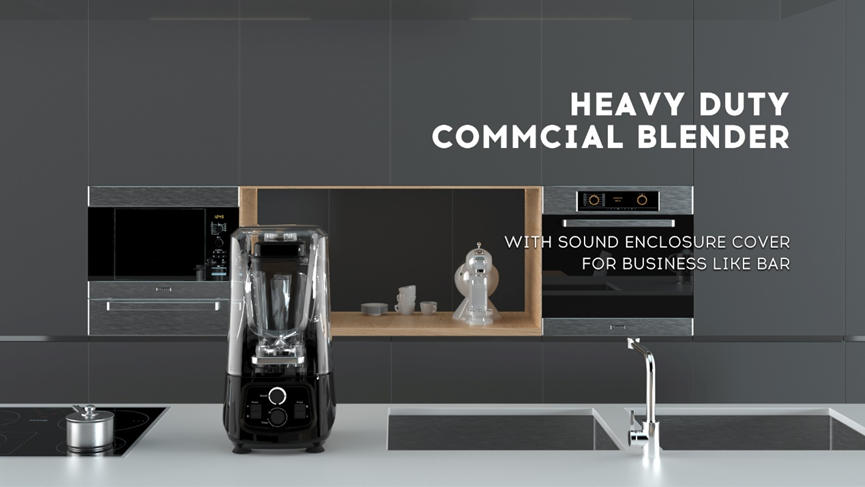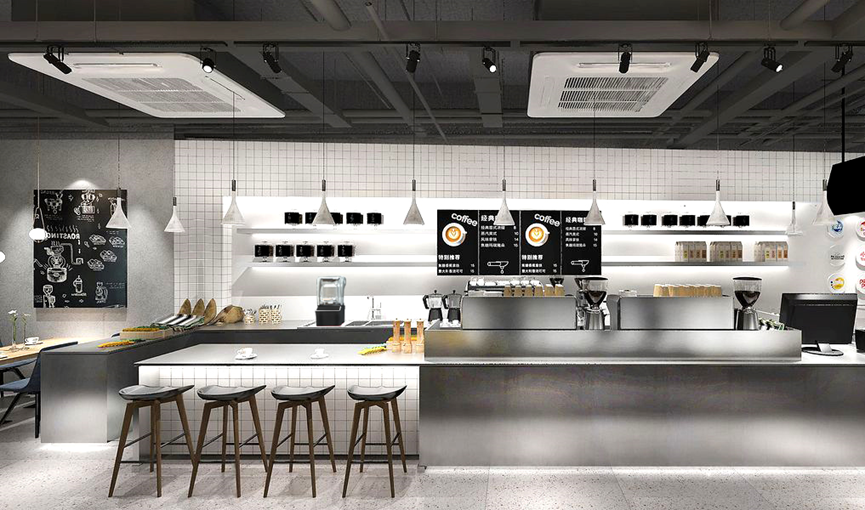Understanding Heavy Duty Industrial Blenders in China: A Guide for Manufacturers
release time:
2025-04-04
Heavy duty industrial blenders play a crucial role in various manufacturing and processing industries, especially in China, which is known for its robust production capabilities. These powerful machines are designed to handle large volumes of materials, providing efficient mixing and blending solutions that meet the demands of high-capacity production lines.
One of the primary features of heavy duty industrial blenders is their ability to process a wide range of materials, from dry powders to viscous liquids. This versatility makes them suitable for industries such as food processing, pharmaceuticals, chemicals, and cosmetics. For example, in the food industry, these blenders are essential for creating uniform mixtures of ingredients, ensuring product quality and consistency.
The technology behind heavy duty industrial blenders has evolved significantly over the years. Modern models incorporate advanced features such as variable speed controls, programmable settings, and automated mixing cycles. This not only enhances the blending process but also improves energy efficiency, reducing operational costs for manufacturers. Additionally, many machines are designed with user-friendly interfaces, making them easier to operate and maintain.
When selecting a heavy duty industrial blender, manufacturers should consider several key factors. First, the capacity of the blender is paramount, as it must align with the production requirements. This ensures that the machine can handle the volume of materials without compromising on mixing quality. Second, the construction material of the blender is important, as it affects durability and hygiene. Stainless steel is often preferred due to its resistance to corrosion and ease of cleaning.
Another critical aspect is the blending mechanism. Different types of blenders, such as paddle mixers, ribbon blenders, or vortex blenders, serve various purposes. Understanding the specific needs of the application will guide manufacturers in choosing the right type of blender for their operations.
Moreover, safety features should never be overlooked. Heavy duty industrial blenders should come equipped with safety mechanisms to protect operators during the blending process, such as automatic shut-off systems and protective guards.
In conclusion, heavy duty industrial blenders are indispensable tools in the manufacturing sector, especially within China's dynamic industrial landscape. By understanding their features, technology, and applications, manufacturers can make informed decisions that enhance their production processes. Investing in the right blending equipment not only improves efficiency but also contributes to overall product quality, facilitating a competitive edge in the market.
One of the primary features of heavy duty industrial blenders is their ability to process a wide range of materials, from dry powders to viscous liquids. This versatility makes them suitable for industries such as food processing, pharmaceuticals, chemicals, and cosmetics. For example, in the food industry, these blenders are essential for creating uniform mixtures of ingredients, ensuring product quality and consistency.
The technology behind heavy duty industrial blenders has evolved significantly over the years. Modern models incorporate advanced features such as variable speed controls, programmable settings, and automated mixing cycles. This not only enhances the blending process but also improves energy efficiency, reducing operational costs for manufacturers. Additionally, many machines are designed with user-friendly interfaces, making them easier to operate and maintain.
When selecting a heavy duty industrial blender, manufacturers should consider several key factors. First, the capacity of the blender is paramount, as it must align with the production requirements. This ensures that the machine can handle the volume of materials without compromising on mixing quality. Second, the construction material of the blender is important, as it affects durability and hygiene. Stainless steel is often preferred due to its resistance to corrosion and ease of cleaning.
Another critical aspect is the blending mechanism. Different types of blenders, such as paddle mixers, ribbon blenders, or vortex blenders, serve various purposes. Understanding the specific needs of the application will guide manufacturers in choosing the right type of blender for their operations.
Moreover, safety features should never be overlooked. Heavy duty industrial blenders should come equipped with safety mechanisms to protect operators during the blending process, such as automatic shut-off systems and protective guards.
In conclusion, heavy duty industrial blenders are indispensable tools in the manufacturing sector, especially within China's dynamic industrial landscape. By understanding their features, technology, and applications, manufacturers can make informed decisions that enhance their production processes. Investing in the right blending equipment not only improves efficiency but also contributes to overall product quality, facilitating a competitive edge in the market.
More information





